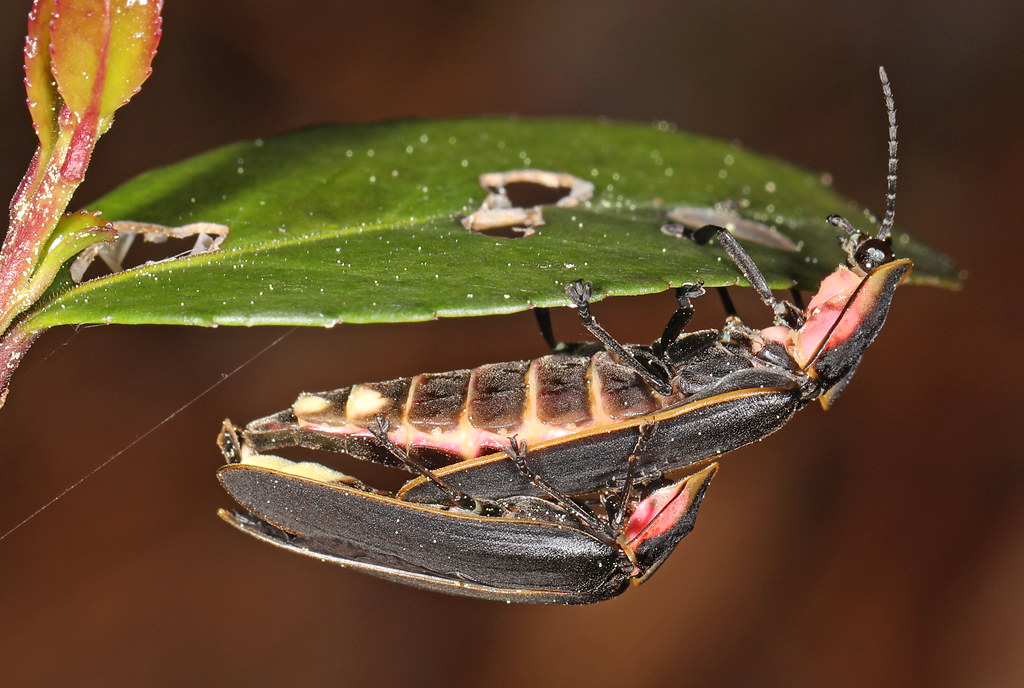
Preventing Pests While Gardening This Summer
As we approach the summer season and summer gardens to grow into full bloom, insects find their way to replicate. It’s crucial to keep cautious of pests insects that like to feed on summer gardens and understand how to prevent them from contaminating your plants.
Get to know some of the pest insects that come out in the summer and grow in home gardens.
1. Aphids
These small yellowish-green critters usually have two tiny brown tubes on their rear end from their body, and they also have a long antenna on their head. In most cases, you would be able to find them hanging around on some vegetables, fruits, flowers, shade trees as well as ornamentals located in North America. These Aphids would usually suck the sap of the plant, which causes the leaves to be dropping from the plants and distorting the foliage.
2. Cabbage Maggots
This kind of maggot loves to get their nutrition from almost any sort of cabbage, especially if you have any Chinese Cabbages in your home garden, and they live almost everywhere in the North American region. What they do is that they would either kill your plants directly, tunnel in roots, or the worst-case scenario, they would create an entry for organisms with diseases to infect your plants.
3. Caterpillars
Caterpillar is a type of segmented larvae that have a hard head capsule. It has up to six legs in the front and a pair of false legs located on its rear part. You may find them on a lot of fruits, ornamentals, vegetables, and shade trees. They usually chew on the leaves of your plants, or in most cases, tunnel in your seeds to get their daily nutrition.
The Solution: Preventing Pest in Gardens
To get rid of these pests, regularly check throughout the day for any hanging on your plants. If you manage to spot any, then use a robust freshwater spray to remove it from your plants. Apart from that, you may also utilize the use of natural predators such as lacewings, lady beetles, and aphid midges. When you are ready to harvest your fruits cover your plants with floating row covers, which will protect the fruits of your plants from these aphids. Besides that, you may also set out transplants through slits in-tar paper squares and always remember to apply some parasitic nematodes around the roots of your plants to enhance the level of protection of your plants. Additionally, remember to burn the roots of your harvested plants so that it will not be a source of nutrition for these pests to exploit later on.
How to Protect Vegetables, Fruits, and Plants from Pest Control
The secret to not having to use any pesticides or pest control services is by encouraging the growth of beneficial insects. The type of beneficial insects is the one that consumes the pests that are causing all the problems in the first place. Examples of beneficial insects that you should consider to have in your home garden are lacewings, ladybugs, parasitic wasps, minute pirate bug, and damsel bugs. These beneficial insects will help you to naturally maintain the population of the pests in your home garden low by eating them so that you don’t have to waste your money for pest control in the future. To attract these helpful visitors into your home garden, you should provide some nectar that has a high level of carbohydrate for them.
